Orthodoxy that does not fade.
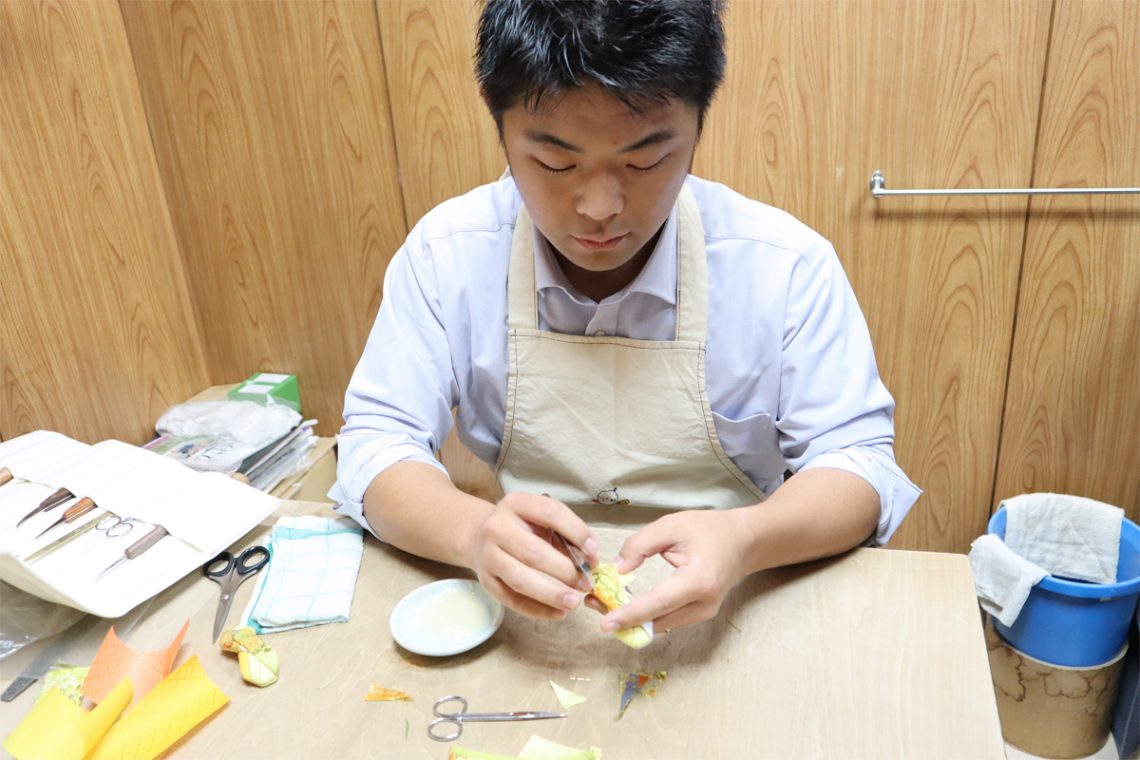
A doll made by Tadashige Takahashi, who served at the Kamigamo Shrine in Kyoto about 280 years ago in the Genbun era (1736-1741), is said to be the origin of the Kimomekomi Ningyo (wood and cloth dolls). After the Meiji era (1868 – 1912), Kimomekomi Ningyo evolved through various changes, though a doll artisan from Tokyo, Eikichi Yoshino, brought back the technique of Kimomekomi Ningyo from Kyoto and made improvements, laying the foundation for modern Kimomekomi Ningyo. Mataro Kanabayashi, the first generation craftsman of Mataro Ningyo (Mataro dolls), studied under Eikichi’s son, Kiyoji, and completed his own Mataro Ningyo technique. The Kamigamo-jinja Shinto Shrine acknowledges only one orthodox Edo Kimekomi Ningyo crafting technique, the Mataro Ningyo. There is also a number of independent Kimomekomi Ningyo craftsmen who learned techniques from Mataro. Having a legitimate lineage, Mataro has a mission to protect and pass on this legitimacy to future generations. However, only protecting means no development. What should be changed, what should stay unchanged? Shinichiro Kanabayashi, the current president, whose father is the third generation craftsman Mataro Kanabayashi, contemplates and acts on how the orthodox method should develop. Shinichiro, born in the Heisei era (1989-2019), is trying to create an orthodoxy that will not fade even in the next era.
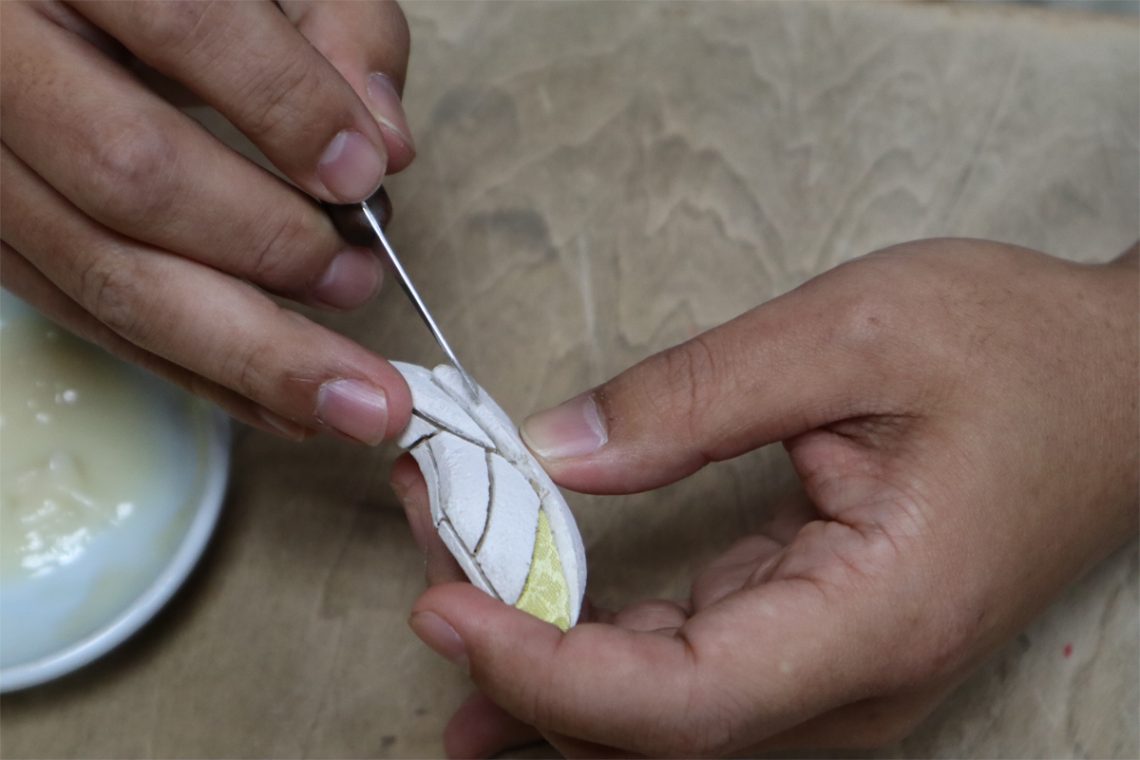
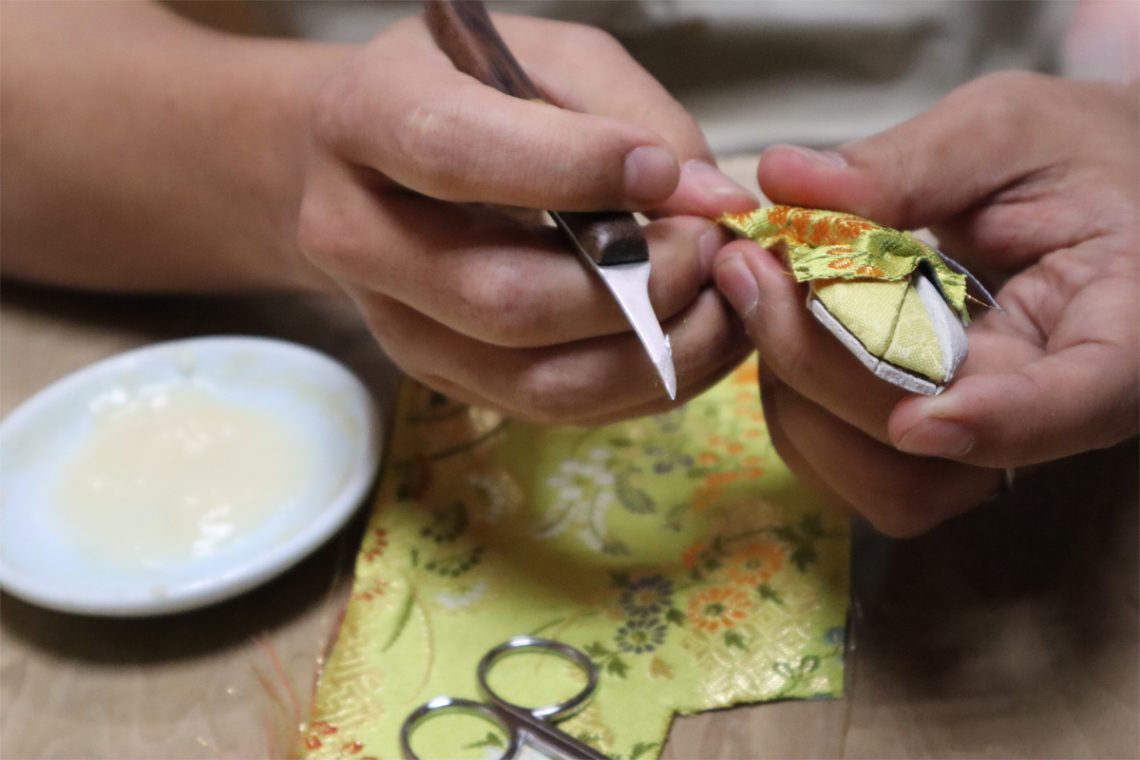
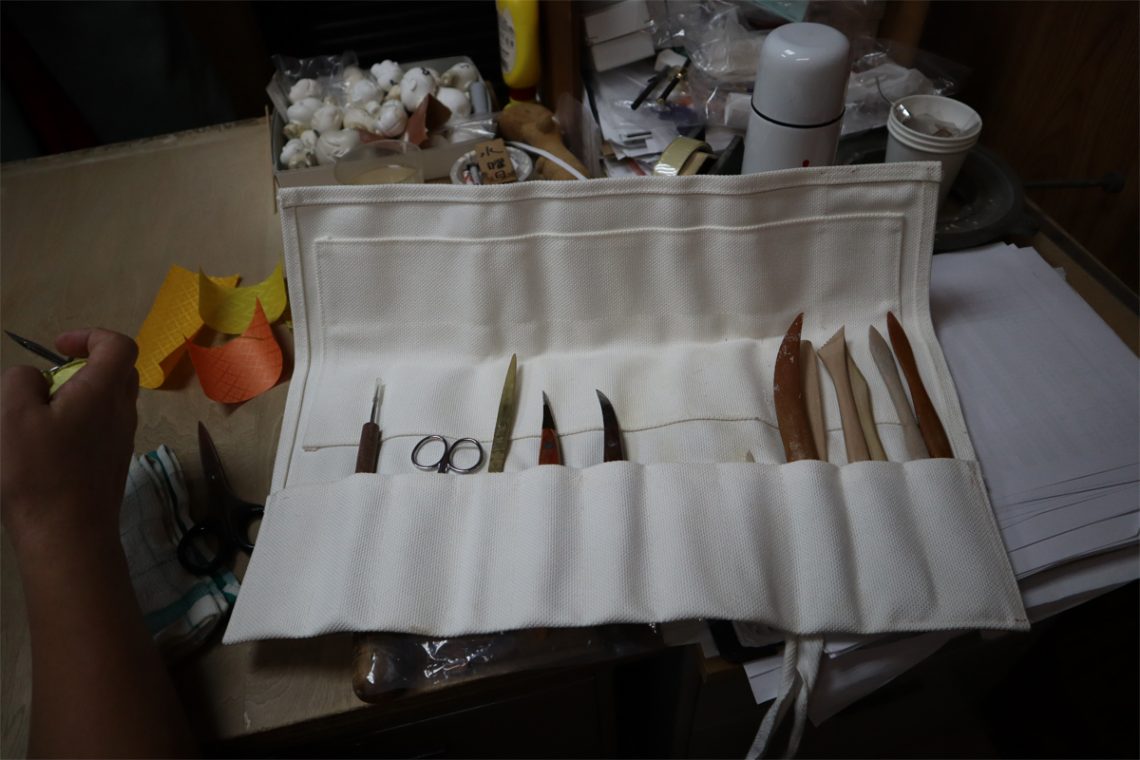
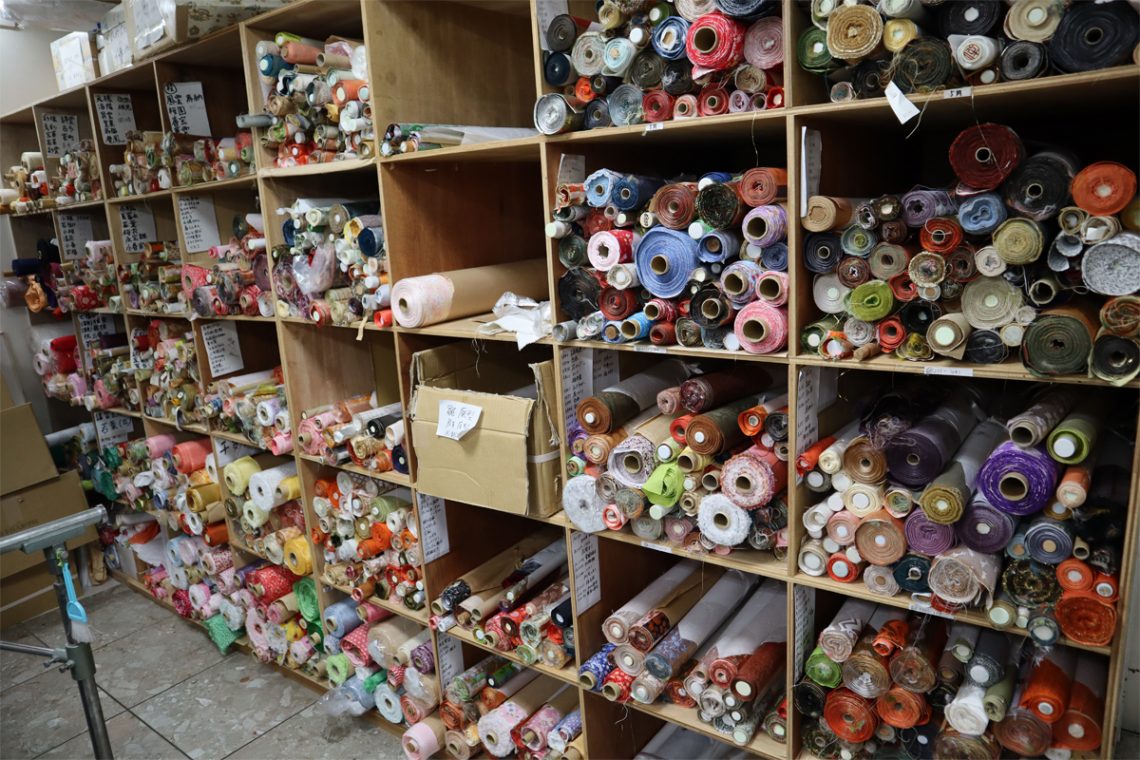
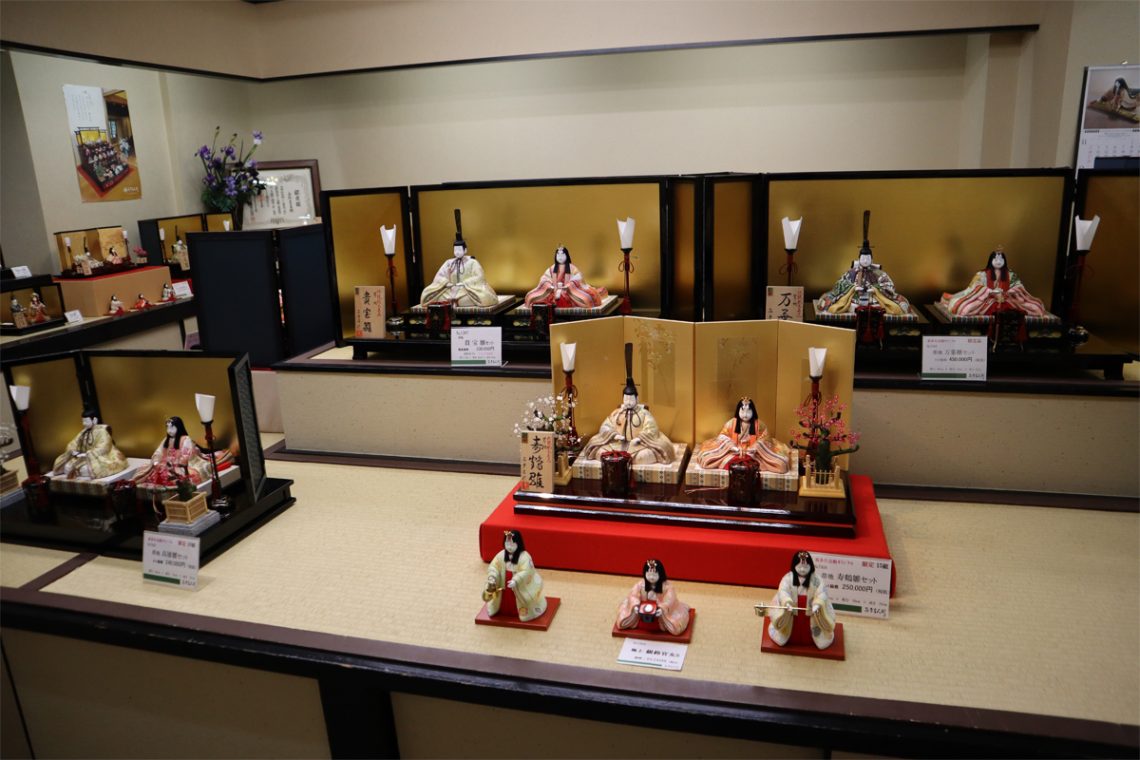
Mataro Doll
5-15-13, Ueno, Taito-ku, Tokyo 110-8505
Tel:+81-3-3833-9661
Shinichiro Kanabayashi
s.k@mataro.co.jp
https://www.mataro.co.jp/


